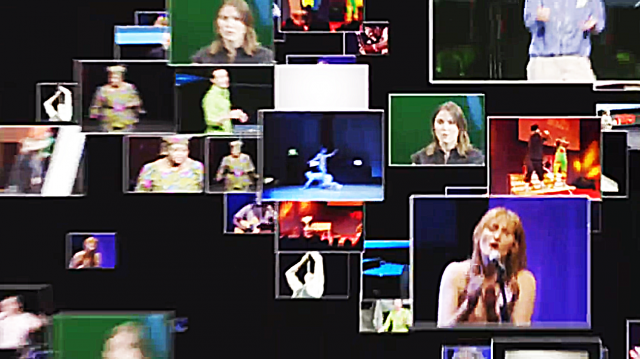
Many of us have enjoyed watching TED talks, the online videos of scientists, artists, inventors and others talking about their work. But do we actually learn anything from them? That's the question raised by a new study led by professor Shana K. Carpenter of Iowa State University and published this month in Psychonomic Bulletin & Review.
Carpenter and her colleagues showed study participants one of two short videos of an instructor explaining a scientific concept (in this case, the genetics of the calico cat). In the "fluent" video, the instructor stood upright, maintained eye contact, and spoke fluidly without notes. In the "disfluent" video, the instructor slumped, looked away, and spoke haltingly while referring to notes. After watching one of the videos, participants were asked to predict how much of the content they would later be able to recall, and then were tested on the content.
Participants who watched the fluent video thought they would remember much more information than participants who watched the disfluent video—but actually both groups remembered about the same amount.
[RELATED: Teachers' Ultimate Guide to Using Videos]
TED talkers are nothing if not fluent. Could it be that the effective presentation of the speakers in TED-style videos fools us into thinking we're learning more than we are? As someone who watches TED videos often, and who has given a TED talk herself, I'm biased. But I think there are good reasons to believe that these videos can be vehicles for genuine learning. Here, five ways that well-made videos (including MOOCs and other kinds of digital instruction) can help us learn:

